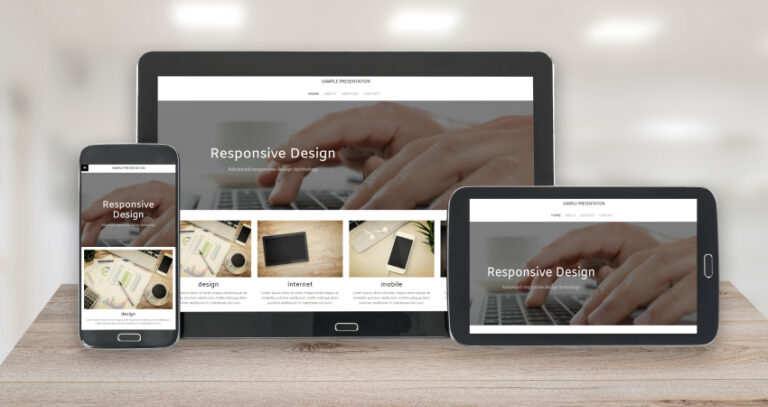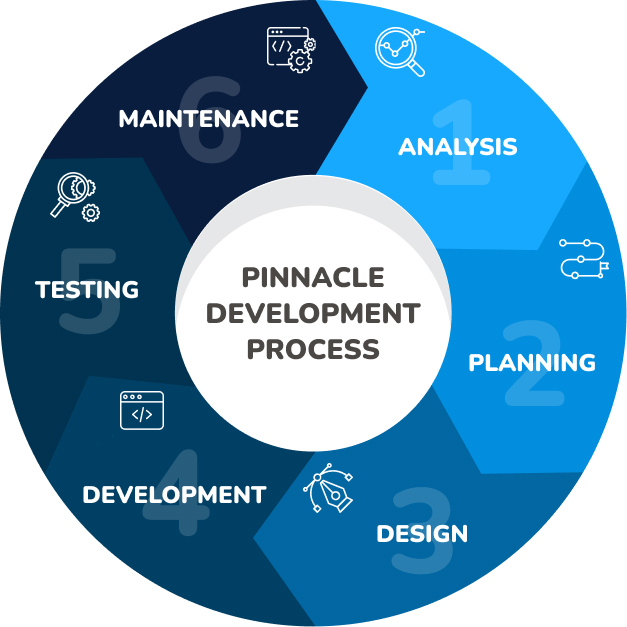Step 1: Analysis
During the analysis phase, our primary focus will be on collecting business requirements and assessing potential risks, including a feasibility check. We will identify the system functions required or desired by your business and establish goals. Specific details required for your software development will be clarified, and we will determine which functions are most appropriate for the new product. To ensure successful market competition, we will also identify unique selling points your future software should possess. In summary, this phase will allow you to define essential requirements, select appropriate tools and approaches, and determine the most efficient path towards achieving your business goals.
Step 2: Planning
The second stage aims to define the problem’s boundaries and propose solutions, taking into account resources, expenses, time, and other relevant factors. During the planning phase, the project plan is created, which specifies and prioritizes the tasks and resources necessary to construct the project framework. Ultimately, this phase concludes with a comprehensive project plan.
Step 3: Architecture & Design
The Architecture & Design phase involves two distinct steps: first, the creation of the software product’s architecture, and second, determining how each feature within the product should function. During this phase, the database specification is also developed to determine data management and storage options for future processing, retrieval, or analysis. The development team will also consider key components, structure, processing, and procedures necessary for the system to achieve its objectives. This design phase serves as a basis for the subsequent development stage in the product’s life cycle.
Step 4: Development
In software development, engineers transform the project’s requirements and prototypes into a concrete solution by crafting code using the necessary technology. This phase provides an initial glimpse of the future product, and upon completion of the building process, you’ll have a functioning feature.
Step 5: Testing
During the Testing phase, the software product is put through rigorous testing to ensure its accuracy and validity. Testers carry out various activities in the software testing life cycle to detect bugs and defects, and monitor the system. The purpose is to confirm that the program’s actual behavior aligns with its intended behavior. Both internal software development and outsourcing can conduct these tests, which may involve end-user interactions.
Step 6: Maintenance
After the deployment of the system, it becomes possible to incorporate new features into the operating software by making necessary upgrades, enhancements, and changes. It is of utmost importance to ensure the regular maintenance and modernization of the system, enabling it to meet future requirements.





